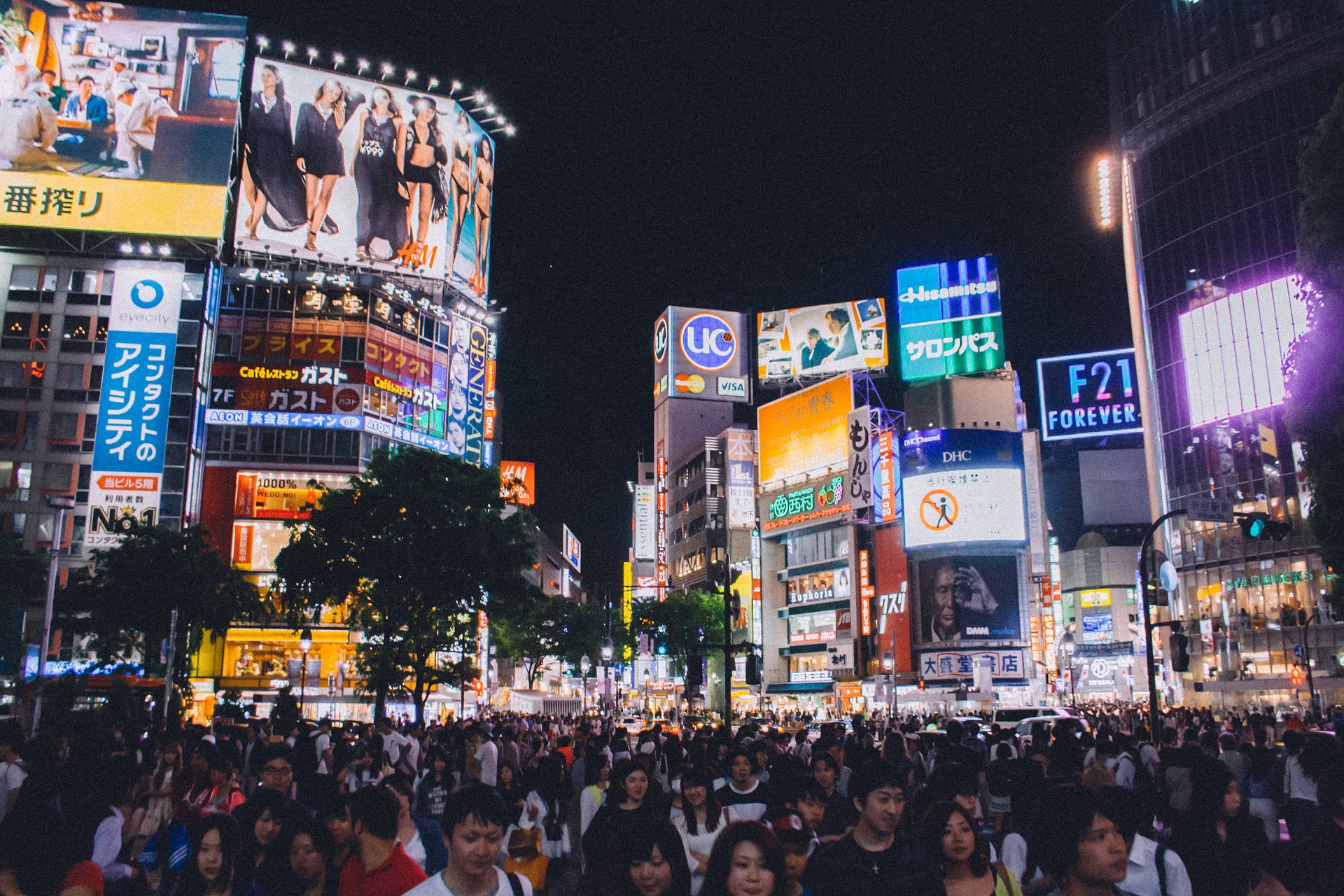Traditional advertising has seen more of upheaval in the past few years than at any time since the first business in mediaeval times decided to put a wooden plank above its door advertising Mrs McReedy’s Herbal Cure-All Remedies. The move away from physical wood, paper or plastic installation has been swift and adopted by many of the biggest organisations in the world such as Coca-Cola & Nike. An LED display or LED advertising hoarding is a flat panel display, which uses an array of light-emitting diodes as pixels for a video display. The brightness of this type of display allows them to be used outdoors where they are visible in daylight and direct sun for store signs and billboards. They have also become commonly used in destination signs on public transport vehicles, in recent years, as well as variable-message signs on highways. LED displays are capable of providing general illumination in addition to visual display, as when used for stage lighting or other decorative purposes.

The main benefit of an LED screen display is the fact that they can be programmed and updated remotely meaning they can be real-time and do not require a technician to physically visit the hoardings. Traditionally, and certainly for the larger advertising hoardings you’ll find in bigger cities, you’d need someone with a ladder and bucket full of wallpaper paste to turn up and replace the signs. However, we can certainly see a time soon when nearly all large format advertising signage will be replaced with dynamic LED screens. Of course, one of the other main drivers behind this is the fact that the price of LED panels has fallen massively. You can now be at the cutting edge of advertising technology for the fraction of the price it once would have cost.